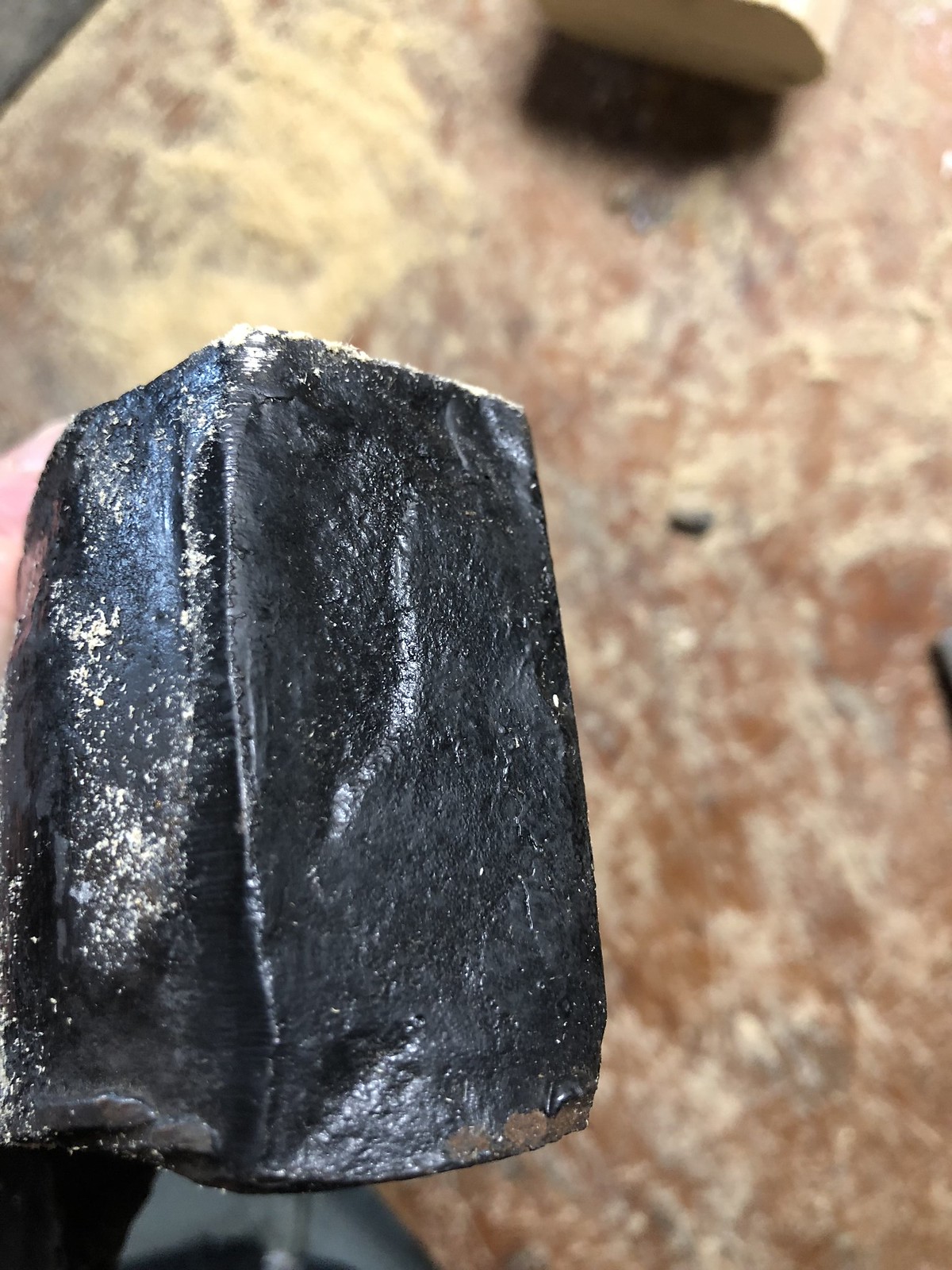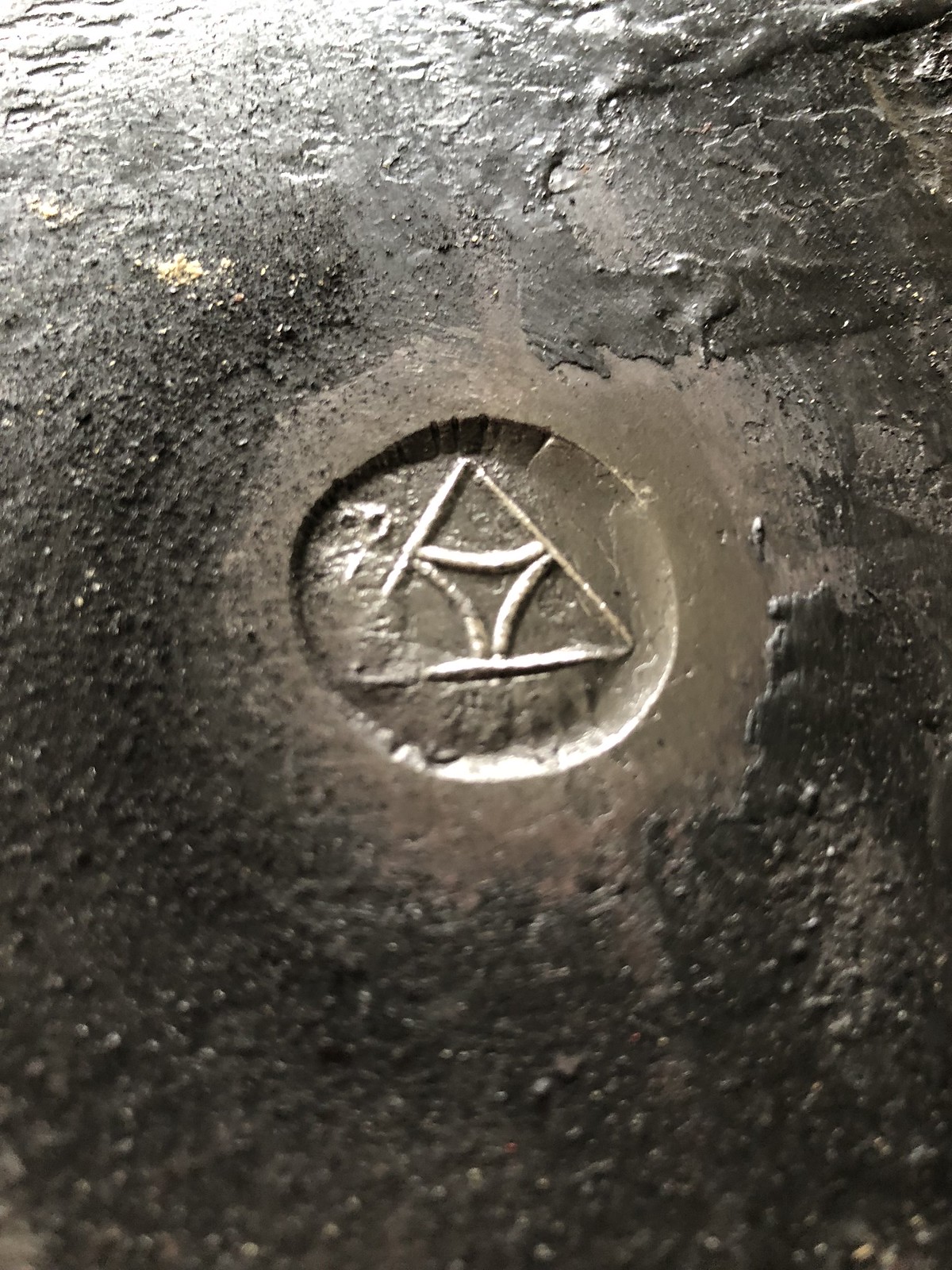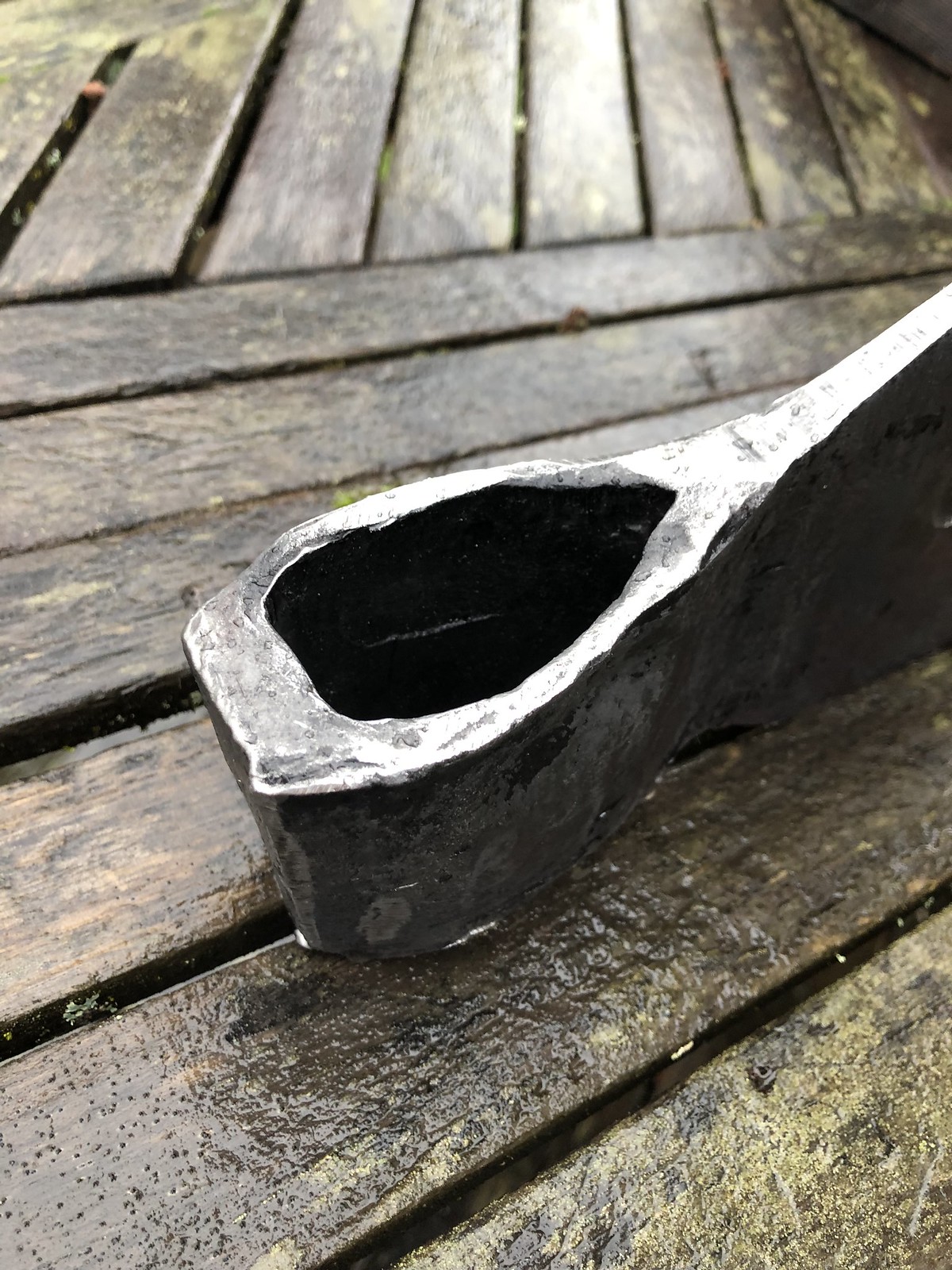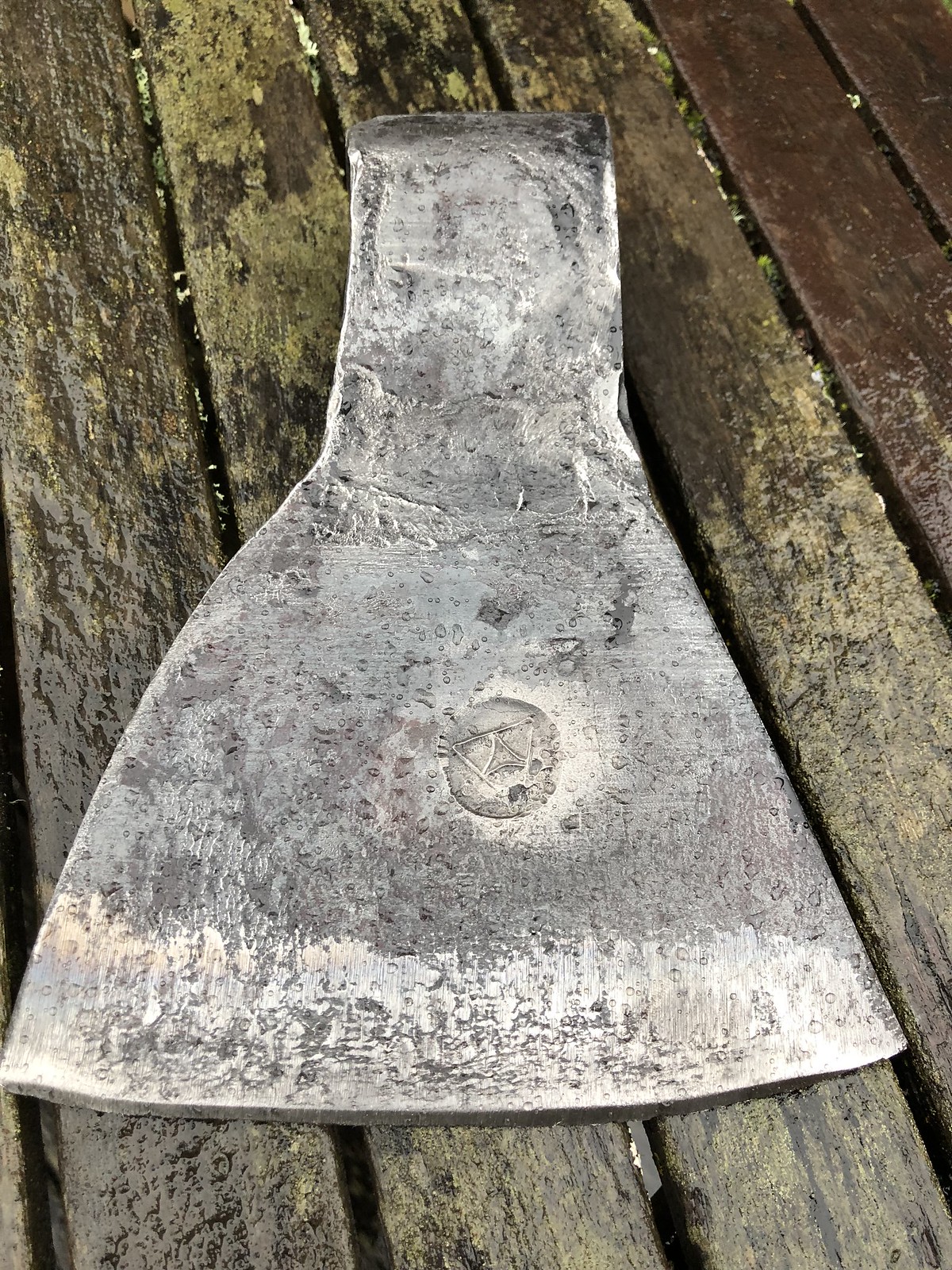Ugaldie,i was at a loss for where to start...A typology,in any real sense,does not exist for these.
The regional types,late in the Industrial Age,were produced by the bigger manufacturies,their choice based on popularity of this or that model,the naming of them-strictly arbitrary,by preference for that specific shape in this or that region,as percieved by the company...
So here's a very good and representative catalog of that,that of a Concern of L.,and P. Zav'yalov(a famous brand in the late 19th-early 20th c.c.)
https://imgur.com/a/48exv
(the bottom-most one on the right is labeled "splitting axe").
And here's a similar scheme by the Finnish company Billnas,then a part of the Russian Empire,and producing these "Russian" models:
https://imgur.com/a/dkW6k
In this,i couldn't find a more detailed image....and so can't make out the first one...(but again,the naming of the types is arbitrary).
#28 is called the "Archangelsk type"(in re: of a a city in a far North,almost against up Finland).
#29 the Moscovy type.It has this peculiar,"broke-back" profile,no one knows why...
#30 the Tallinn type.Tallinn,in Estonia,is a Gothic city in a Baltic state,long dominated by it's Germanic invaders/rulers...VERY little connection to "Russia".
The regional types,late in the Industrial Age,were produced by the bigger manufacturies,their choice based on popularity of this or that model,the naming of them-strictly arbitrary,by preference for that specific shape in this or that region,as percieved by the company...
So here's a very good and representative catalog of that,that of a Concern of L.,and P. Zav'yalov(a famous brand in the late 19th-early 20th c.c.)
https://imgur.com/a/48exv
(the bottom-most one on the right is labeled "splitting axe").
And here's a similar scheme by the Finnish company Billnas,then a part of the Russian Empire,and producing these "Russian" models:
https://imgur.com/a/dkW6k
In this,i couldn't find a more detailed image....and so can't make out the first one...(but again,the naming of the types is arbitrary).
#28 is called the "Archangelsk type"(in re: of a a city in a far North,almost against up Finland).
#29 the Moscovy type.It has this peculiar,"broke-back" profile,no one knows why...
#30 the Tallinn type.Tallinn,in Estonia,is a Gothic city in a Baltic state,long dominated by it's Germanic invaders/rulers...VERY little connection to "Russia".


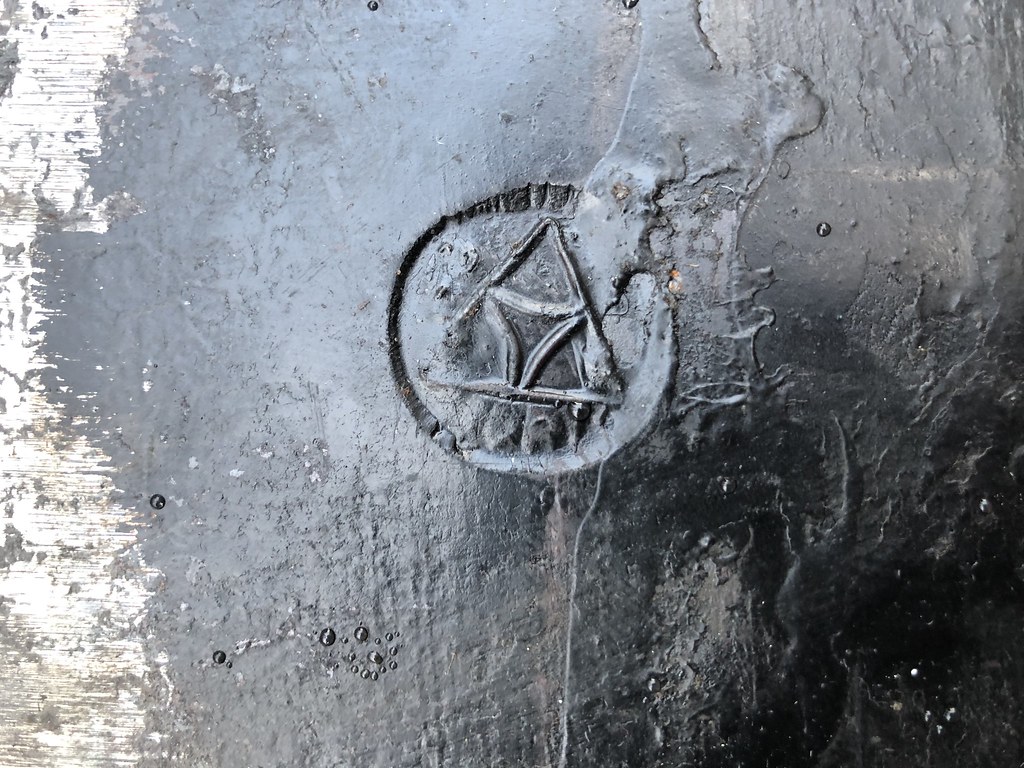
 )
)

